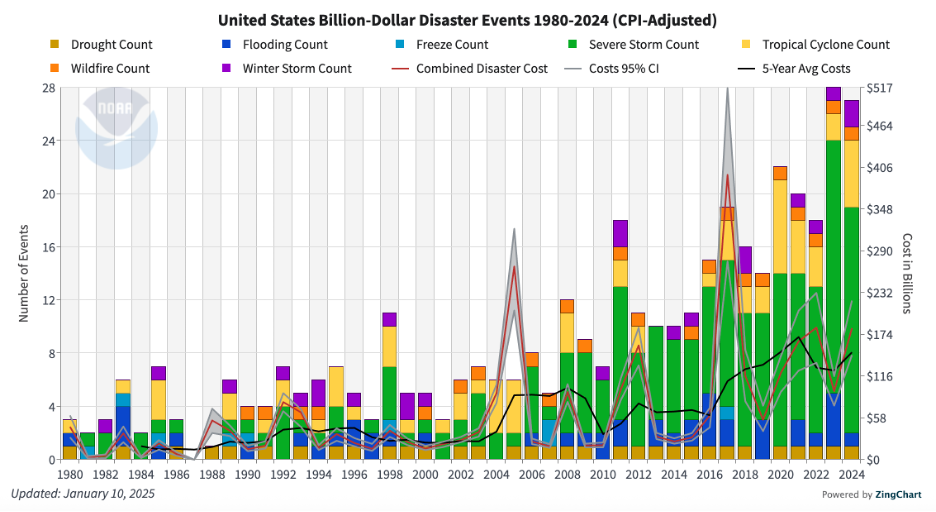Building Moats in the AI Era: An Introduction
By
Virta Ventures
ON
October 22, 2025

AI is fundamentally reshaping competitive dynamics across every business model and sector we invest in. Conventional wisdom suggests that AI democratizes everything, eroding traditional moats. The debate has reached a fever pitch, spawning its own parodies.
Subscribe to our Substack to get this series delivered directly to your inbox
The lived experiences of Virta’s portfolio companies tell a different story and address a question that keeps emerging in our conversations with entrepreneurs:
“What enduring moats can you create in the age of AI?”
The answer rests on three key insights:
1. AI strengthens rather than eliminates competitive moats, redistributing which advantages matter rather than destroying defensibility entirely
2. Speed - many are arguing that speed is the only remaining moat. We believe that there are other moats AND that raw speed isn’t necessarily a moat. Speed - in the right direction and faster than your competitors, can form a lasting competitive advantage.
3. Innovation stacks (integrated layers where combinations of hardware/software/data/distribution reinforce each other) create the strongest defensive positions available to founders today.
While some traditional moats are eroding, AI isn’t creating a defenseless landscape. Instead, it’s strengthening certain powers dramatically, weakening others, and creating entirely new forms of defensibility.
The False Moat Trap
Before diving into what we believe is defensible, founders need to grapple with a real risk: AI tools have commoditized capabilities that once required significant resources. This pattern isn’t new (we saw it across the SaaS era) but AI is accelerating it dramatically. The question isn’t whether this creates illusions of competitive advantage (we’re already seeing signals it does), but whether those illusions are temporary or structural.
UI wrappers around foundation models, prompt tweaks marketed as innovation, and thin feature plays are easy prey for incumbents with distribution. Consider OpenAI’s recent release of Sora 2: what was once a raw capability, text-to-video generation, became a polished end-user experience, competing head-on with startups that believed they’d have room to build applications on top of the underlying model. Suddenly, the competitive moat many founders thought they were building evaporated.
The lesson is clear: temporary advantages can vanish fast. Raising more capital doesn’t make you defensible by itself. Having better model performance doesn’t either. Similarly, physical businesses fall into false moats when they assume hardware automatically creates defensibility. Commodity components with off-the-shelf AI offer little lasting advantage.
The winners in this AI wave will be those who use early momentum to build real moats: switching costs, network effects, and compounding advantages that strengthen over time.
What’s Coming in This Series
Over the next few pieces, we’ll break down exactly how to build genuine competitive advantages in the AI era:
Part 1: The 7 Powers in an AI World
Hamilton Helmer’s “7 Powers” framework remains, in our view, the best lens for understanding competitive advantage, but AI has fundamentally redistributed the effectiveness of those powers. We’ll examine how network effects, counter-positioning, scale economies, brand power, switching costs, cornered resources, and process power have been transformed, and which matter most for AI-native companies.
Part 2: Beyond the Seven Powers
Distribution and go-to-market strategies have evolved dramatically. We’ll explore how narrative command, vertical integration to own distribution channels, and the “compound startup” model can create defensibility that traditional frameworks don't fully capture.
Part 3: The Innovation Stack
The most defensible AI-native businesses don't rely on single advantages: they build innovation stacks that combine hardware, software, proprietary data, and distribution in ways that reinforce each other. They establish a flywheel, though assembling these layers in a cohesive and capital-efficient way is notoriously difficult. We’ll dive deep into what innovation stacks are, how to build them, and why they’re more critical than ever in the AI era.
Why This Matters Now
Over the last eight decades, S&P 500 company lifespans have collapsed from 67 years to just 15 years, with each technological wave accelerating this decline. Execution timelines have compressed even more dramatically: a 12-month product head start in 2022 might equal just three well-engineered prompts and a polished interface today for many workflow products.
What separates winning companies from flameouts isn’t the permanence of any single advantage, but how quickly they execute during each window of opportunity. The companies in our portfolio that succeed long-term use velocity to create advantages faster than competitors can breach them, building toward robust innovation stacks.
A critical challenge to our own analysis
We’re identifying moats in a landscape that’s shifting faster than we can document. Which moats will actually matter in 2027? We don’t know. The real skill isn’t predicting which moats hold. It’s developing the judgment to recognize when they’re eroding and adapting before your competitors do.
At Virta, we’re actively seeking founders who recognize this reality: those building genuine compound competitive advantages rather than features dressed up as businesses. The opportunity has never been greater for those who understand that AI doesn’t eliminate moats; it just changes which ones matter and how fast you need to build them.
This is part one of a series on competitive strategy in the AI era. Next up: how each of Helmer’s 7 Powers has been transformed by AI, and which create the strongest defensibility for early-stage companies. Subscribe to our Substack to follow the series and more.
insights
We regularly publish thought pieces where we share lessons from renowned investors and delve into strategies for investing in the transformation of vital physical industries.






